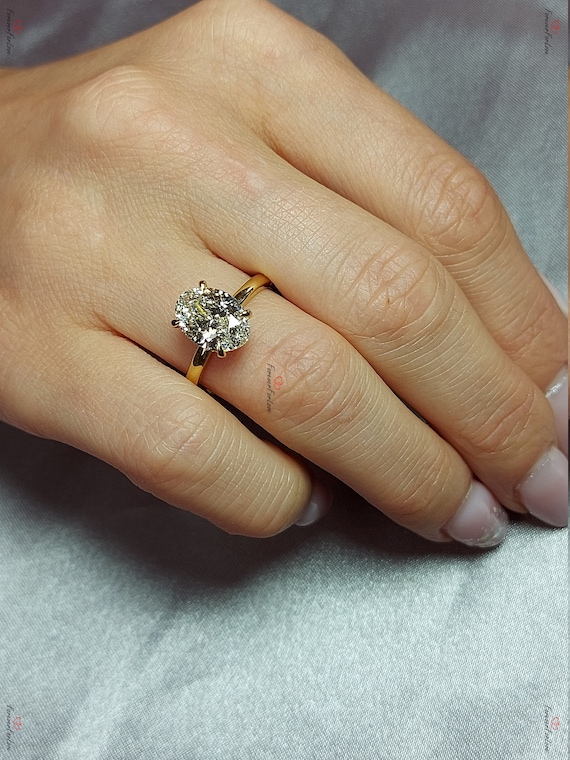Ever walked into a jewellery store and felt slightly overwhelmed by all the terms being thrown around? Cut, clarity, carat, color… oh, and don’t forget about man made diamonds that are suddenly everywhere. If you’ve ever nodded politely while secretly wondering what on earth a “diamond 4 C chart” really means, you’re not alone. Let’s break this down in plain English.
The Story Behind the Sparkle
Think about it: when was the last time a piece of jewellery actually told a story? Diamonds have been symbols of love, power, and even status for centuries. The 4 Cs—cut, clarity, color, and carat—were introduced as a way to grade diamonds so buyers didn’t feel like they were just guessing. It’s like a universal cheat sheet for the sparkle world.
But here’s the thing. Not everyone buys jewellery based purely on science. Some folks want tradition, some want a big flashy rock, and some just want something that feels personal. Honestly, sometimes a smaller, well-cut diamond outshines a larger one that looks a bit cloudy. And yes, you might be surprised—man made diamonds check all the same boxes on that chart, but usually at a friendlier price.
Navigating Options Without Losing Your Mind
Okay, let’s get practical. When you’re looking at the diamond 4 C chart, here’s what you’re really dealing with:
Cut: This isn’t the shape (round, princess, oval). It’s about how well the diamond reflects light. A good cut = sparkle city.
Clarity: Basically, how many “birthmarks” or tiny imperfections it has. Spoiler: most people can’t see these without a magnifying glass.
Color: Ranges from D (colorless) to Z (noticeably yellow or brown). Most people settle somewhere in the near-colorless range.
Carat: The weight. Bigger doesn’t always mean better.
Now, here’s where things get interesting. Trends are shifting. Couples aren’t just going for the biggest diamond anymore. They’re asking for man made diamonds, unique cuts, or even colored stones. Some even mix a lab diamond center stone with natural side stones to balance cost and sentiment. Pretty clever, right?
And let’s be real—if your partner cares more about the thought and design than the technicalities, stressing over whether it’s an F color vs. G color is just wasted energy.
The Local Angle
Where you shop matters too. In big jewellery markets—like New York, London, or Hong Kong—you’ll find a wild variety of options. Walk through a district and you’ll see traditional goldsmiths right next to slick modern showrooms selling lab-grown diamonds.
Here’s a fun observation: in many places, man made diamonds are becoming the “smart” choice for younger buyers. They love the transparency, the ethical angle, and honestly, the price difference. Imagine getting a one-carat diamond that looks flawless to the naked eye, at half the price of a mined one. That’s hard to ignore.
But in some cultures, natural diamonds still carry that extra weight of tradition. It’s less about the sparkle and more about the story—”This stone came from the earth after millions of years.” Fair enough. But if you’re pragmatic (or just budget-conscious), the modern choice makes sense.
How It Actually Works
Let’s demystify this. Here’s the casual step-by-step when buying:
Set your budget. (Seriously, know your number before walking in.)
Decide on natural vs. man made diamonds. Lab-grown will usually stretch your money further.
Check the diamond 4 C chart. Prioritize cut and clarity first. A well-cut 0.9 carat can look way better than a poorly cut 1.2 carat.
Look with your own eyes. Don’t get stuck in the paperwork. If it looks beautiful to you, that’s what matters.
Think about the setting. A diamond is only as good as the ring it’s in. Sometimes a delicate halo design can make a smaller diamond pop.
And here’s a casual truth: jewellers sometimes love to upsell you with technical jargon. Smile, nod, and remember—you’re the one wearing it, not them.
Wrapping It Up
At the end of the day, the diamond 4 C chart is just a guide, not a rulebook. man made diamonds are shaking things up, giving people more options without the guilt trip of price or sourcing. Whether you go for the traditional mined route or the modern lab-grown sparkle, what matters is the story you attach to it.
Because let’s be honest—nobody leans in at a dinner party and whispers, “Wow, is that an SI1 clarity or VS2?” They just see the sparkle… and the smile on your face.

